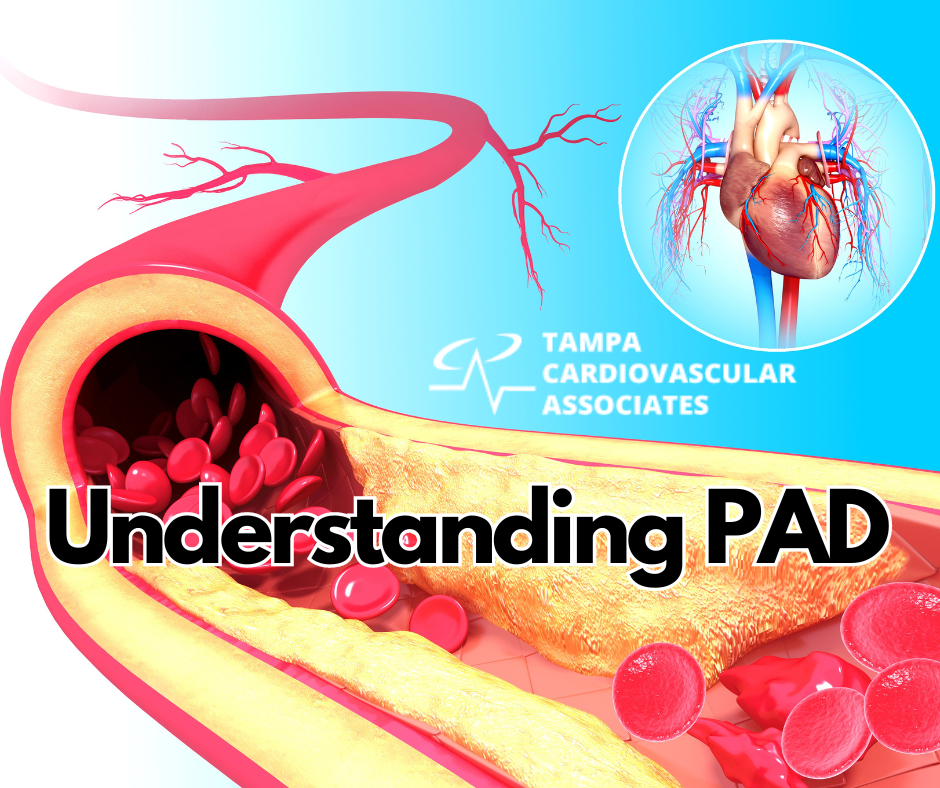Living with Peripheral Artery Disease
Living with Peripheral Artery Disease (PAD) can be a challenging and life-altering experience. For patients, caregivers, and healthcare professionals, understanding this condition is crucial for managing it. This guide provides an overview of PAD, explores the treatment options available, and offers tips for at-home care.
Understanding Peripheral Artery Disease
Peripheral Artery Disease, more commonly called PAD, is a condition where arteries in the legs are narrowed or blocked by the build-up of fatty deposits called plaque. This limits blood flow to the extremities and can cause leg pain, particularly when walking or exercising. Over time, PAD can be a sign of more widespread arterial disease, and it is associated with an increased risk of heart attack and stroke.
For those diagnosed with PAD, understanding the underlying causes and symptoms is key to maintaining vascular health. Risk factors include smoking, diabetes, high blood pressure, high cholesterol, and age. Recognizing symptoms, such as cramping or pain in the legs, especially when climbing stairs or walking, is important as it can prompt early detection and intervention.
Early detection can significantly improve the prognosis for PAD. Patients should make sure to receive regular check-ups and promptly report any symptoms to their healthcare provider to develop a personalized management plan.
Treatment Options
Options may include lifestyle changes, medications, and in some cases, surgical or endovascular interventions.
Lifestyle Changes
Lifestyle modifications serve as an essential component of managing PAD. Patients are frequently encouraged to:
- Quit smoking: Smoking significantly worsens PAD and can cause arteries to narrow further, making it a top priority to cease this habit.
- Exercise: A structured exercise program, including walking, can help improve symptoms by increasing the distance a patient can walk before pain sets in.
- Healthy diet: A diet low in saturated fats and high in fruits, vegetables, and whole grains can aid in controlling cholesterol and blood pressure.
- Maintain a healthy weight: Being overweight adds stress on the heart and can exacerbate symptoms of PAD.
Medications
Patients might be prescribed medications to:
- Lower cholesterol: Statins and other cholesterol-lowering agents help reduce plaque buildup in the arteries.
- Control blood pressure: Managing high blood pressure is essential in slowing the progression of PAD.
- Manage diabetes: Keeping blood sugar levels under control can help prevent complications associated with PAD.
- Prevent blood clots: Antiplatelet agents such as aspirin or clopidogrel are often prescribed to reduce the risk of blood clots that can further block arteries.
Invasive Treatment
In more severe cases of PAD, when symptoms are particularly debilitating or when ulcers or gangrene (tissue death) occur, invasive treatments may be necessary. These procedures can include:
- Angioplasty and stent placement: A catheter with a balloon on its tip is threaded through blood vessels to the blocked artery. The balloon is inflated to open the artery, and a stent may be left in place to help keep the artery open.
- Atherectomy: This procedure involves the use of a catheter with a sharp blade or laser on its tip to remove plaque from arteries.
- Bypass surgery: Utilizing a healthy blood vessel or synthetic graft, a surgeon creates a detour around the blocked artery, improving blood flow to the legs.
At-Home Care
Managing PAD doesn’t end when you leave the doctor’s office. Much of the day-to-day management of PAD takes place at home. Simple yet effective self-care practices can help minimize symptoms and improve overall health.
Foot Care
Proper foot care is critical for individuals with PAD, as decreased blood flow can slow the healing of foot injuries. Regularly inspecting your feet for any wounds, cuts, or sores is essential. If you notice a problem, seek medical help immediately. Always wear well-fitting shoes and avoid walking barefoot to prevent injuries.
Pain Management
Chronic pain associated with PAD can be managed in several ways. Beyond medications prescribed by your doctor, relaxation techniques, massage, and other forms of therapy can help alleviate discomfort. For pain that disrupts your daily activities, consult with your physician to explore options that fit your individual needs.
Exercise Programs
Patients with PAD should aim to develop a personalized exercise program. Regular physical activity is crucial in improving the circulation to the isolated limb.
- Warm-up: Before starting, always perform a brief warm-up to prepare your muscles and joints.
- Intermittent walking: Practice walking until the onset of pain, then rest until the pain subsides, and repeat.
- Cool down: Always conclude your exercise session with a cool-down routine to gradually decrease your heart rate.
Managing Symptoms
Beyond traditional treatments, home remedies and lifestyle adjustments can be beneficial to managing symptoms.
- Temperature management: Avoid extreme temperature changes that could affect blood flow. Protect your legs from the cold with appropriate clothing.
- Elevating your legs: Sitting with your legs raised at or above the heart level can aid circulation and help manage discomfort.
- Massage: Gentle massage can help improve blood flow and alleviate cramps.
.
Living with Peripheral Artery Disease presents unique challenges that can be overcome with the right knowledge, lifestyle changes, and support. For patients, the road to managing PAD is paved with a commitment to self-care practices and working closely with a healthcare team.
If you are in the Tampa/Safety Harbor, Florida area – West Florida Vascular and Vein would like to be part of your wellness journey. Visit www.westfloridavascularandvein.com to learn more about our practice. Call 727-713-3233 to schedule your consultation.


 Under the expert guidance of our Board Certified Vascular Surgeon, Dr. Mark Zuzga, our team of Vein Specialists & Vascular Experts are committed to delivering top-tier outpatient vascular & vein evaluation and treatment throughout the greater Tampa & West Florida surrounding areas. Should you find yourself dealing with leg pain, swelling, ulcers, discoloration, or the appearance of spider and varicose veins, we invite you to request a screening today
Under the expert guidance of our Board Certified Vascular Surgeon, Dr. Mark Zuzga, our team of Vein Specialists & Vascular Experts are committed to delivering top-tier outpatient vascular & vein evaluation and treatment throughout the greater Tampa & West Florida surrounding areas. Should you find yourself dealing with leg pain, swelling, ulcers, discoloration, or the appearance of spider and varicose veins, we invite you to request a screening today